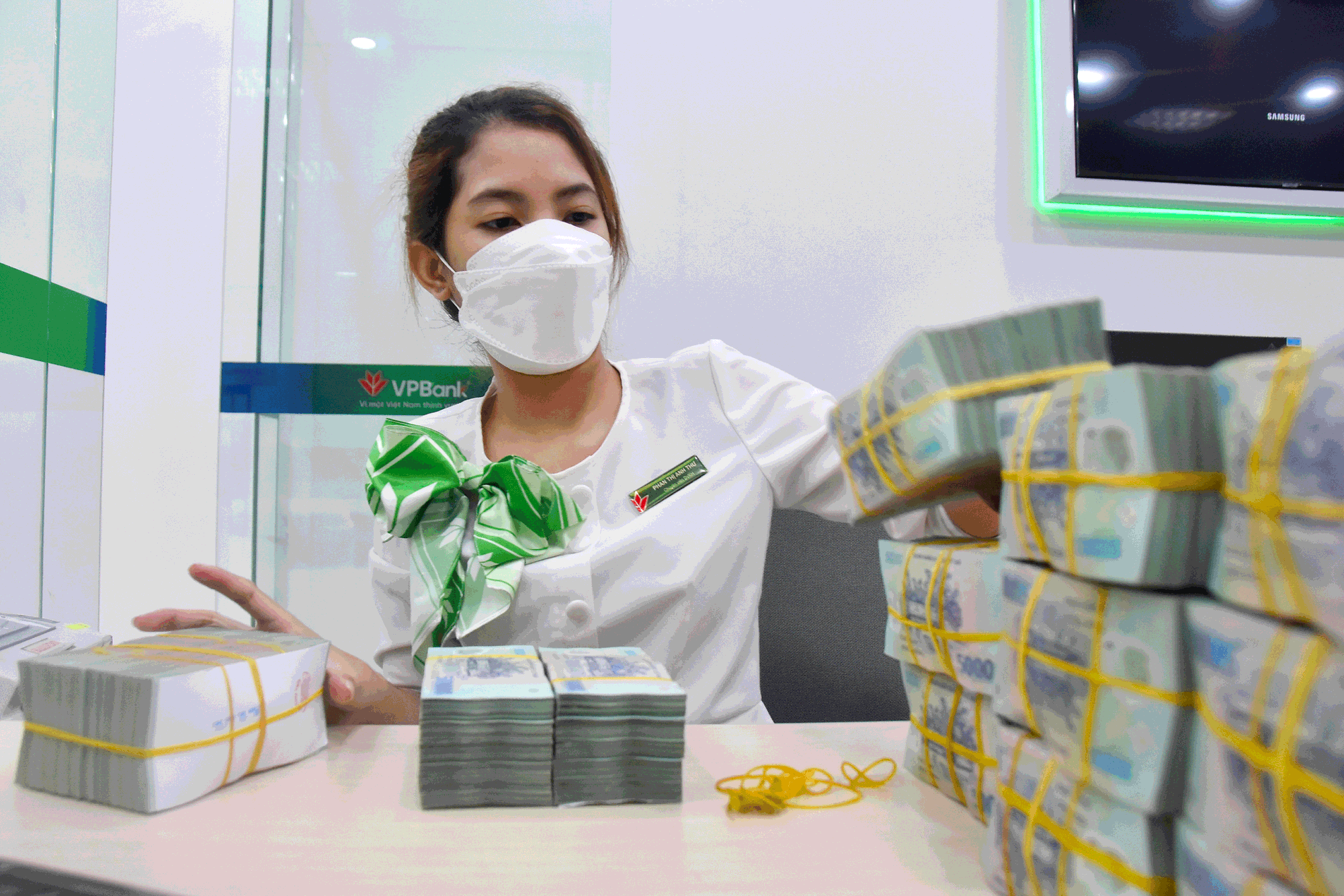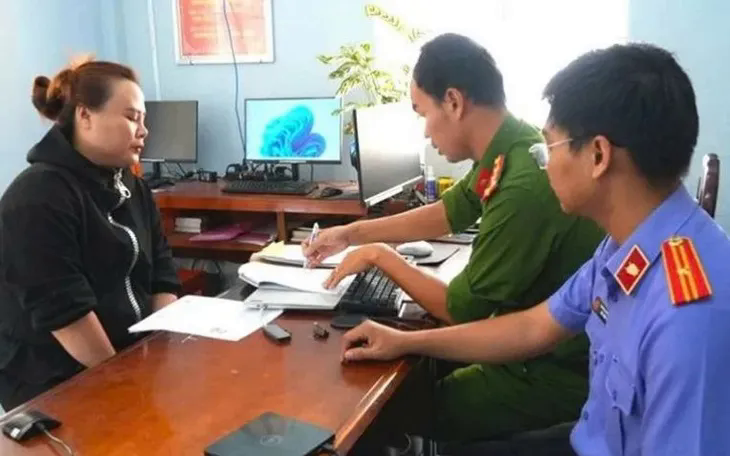Understanding and Optimizing the Credit Room Abandonment: Empowering Businesses and the Economy
The Prime Minister has directed the State Bank to urgently consider removing the credit room, aiming to enhance capital provision efficiency for the economy. This move will replace administrative tools with a set of criteria for controlling safe credit. Banks will have more autonomy in capital allocation, fostering sustainable development. This new policy promises to bring numerous benefits to businesses and the economy.
Exploring the Causes and Effective Solutions for Credit Room Abandonment
According to the State Bank’s data, as of the end of June 2025, the total outstanding debt of the system exceeded 16.9 million billion VND, an increase of 8.3% compared to the end of 2024. The credit structure is assessed as appropriate, meeting the borrowing needs of the people and enterprises. Some experts evaluate that credit is growing in the right direction, and it is forecasted to accelerate in the last months of the year due to the peak business season and stable interest rate background.
A senior leader of Vietnam Industry and Trade Bank (VietinBank) shared that, in reality, the annual credit room allocation, based on a certain percentage, sometimes leads to underutilization of the limit. In the last months of the year, banks sometimes have to find ways to “persuade” customers to borrow more to meet targets, thereby ensuring the conditions for the State Bank to grant the same or higher credit room for the following year.
Therefore, removing the credit room will address the issue of uneven utilization, where some banks exhaust their room early and cannot continue lending, while others do not fully utilize their quotas. Without the credit room, banks will base their lending decisions on their financial strength, risk management capabilities, and business strategies, allowing capital to flow quickly into high-demand and high-growth potential sectors such as manufacturing, exports, high-tech agriculture, clean energy, and infrastructure.
“Commercial banks cannot chase achievements and overly expand credit growth because the State Bank closely monitors the debts of each bank. If any bank experiences ‘hot’ credit growth, the regulatory authority will take measures to cool it down to ensure safe operations and avoid systemic risks,” the VietinBank leader emphasized.

Removing the credit room will make lending more flexible, naturally regulating capital supply and demand, and facilitating investment and production. Photo: TAN THANH
Strict Supervision is Essential
Dr. Le Dat Chi, Head of the Finance Department at the University of Economics Ho Chi Minh City, stated that eliminating the credit room mechanism would significantly reduce the administrative procedures for requesting and adjusting credit rooms, saving time and resources for both the State Bank and commercial banks. As a result, lending activities will become more flexible, and capital supply and demand will be naturally regulated, allowing capital to flow more swiftly to meet investment and production needs.
“This will boost economic growth drivers, with expectations of achieving an 8% GDP growth rate in 2025. However, with more freedom in lending, banks must enhance their project appraisal capabilities, risk management, and credit quality control to prevent bad debts,” said Dr. Chi. He also suggested that the State Bank focus on indirect tools such as interest rates and reserve requirements to control total credit instead of intervening directly in individual banks.
At the same time, Dr. Chi emphasized the need for strict supervision by the State Bank to prevent credit from flowing into high-risk sectors like real estate and securities. While sharing this sentiment, some experts advocated for a cautious roadmap in removing the credit room. Dr. Le Duy Binh, Executive Director of Economica Vietnam, opined that the credit room serves as a “valve” to control money supply. If entirely removed before the capital market is adequately developed, there is a risk of repeating excessive credit growth.
He cited Vietnam’s credit balance to GDP ratio of about 134%, which is very high compared to regional and global standards. “When credit grows much faster than GDP, it leads to a decline in credit quality, an increase in bad debts, and potential risks for the banking system and the economy,” Dr. Binh analyzed.
At a recent National Assembly forum, Governor of the State Bank, Nguyen Thi Hong, also pointed out the reality that domestic capital still heavily relies on the banking system. The credit balance to GDP ratio had reached 134% by the end of 2024, and further increases would pose risks to the banking system and negatively affect the economy, making it challenging to achieve the goal of high and sustainable economic growth.
Indeed, the lessons from the hot credit growth phase of 2007-2010, which led to high inflation, remain a concern. Without an effective credit control mechanism, the market could witness a new interest rate race as banks aggressively mobilize and lend at all costs, pushing deposit interest rates to 13-14% and lending rates to 18-20%.
Associate Professor Dr. Nguyen Huu Huan, from the University of Economics Ho Chi Minh City, suggested that the credit management based on limits, which has been in place for 14 years, should also be reconsidered as it is no longer suitable. However, he noted that Vietnam’s monetary policy currently aims for multiple objectives—promoting economic growth, stabilizing exchange rates, and controlling inflation. In contrast, in the US, Europe, and other developed regions, economic growth is primarily driven by fiscal policy, while monetary policy focuses on inflation control.
“If the credit room is removed at this point, the State Bank needs to apply a quantitative model, utilizing data and artificial intelligence for analysis and management, to avoid economic shocks similar to the 2008 crisis caused by excessive credit relaxation,” Associate Professor Huan advised.
Credit Growth Should Align with GDP Scale
Experts emphasized that if the credit room is removed, the State Bank needs to flexibly manage other tools such as reserve requirements, interest rates, refinancing, and exchange rates to meet capital demands while keeping inflation in check. “The regulatory body should ensure that total credit balance growth aligns with GDP scale and annual economic growth rate while improving credit quality and ensuring the safe operation of the banking system,” Dr. Le Duy Binh asserted.
“Young Vietnamese Traders Embrace a Bold New Mindset in the World of Stocks and Crypto”
The pursuit of financial freedom among Vietnamese youth has led to a bold and autonomous approach to investing. They are fearlessly trading stocks, cryptocurrencies, and even derivatives, seizing the opportunity to take control of their financial destiny. However, with greater access comes heightened risk…
“Vietnamese Private Sector: No Need for Praises, Just Treat Them as the Norm”
The private sector in Vietnam has faced numerous challenges, but the introduction of Resolution 68 has been a game-changer. This pivotal resolution has unlocked a world of opportunities, acting as a key to overcoming obstacles and paving the way for remarkable growth and transformation within the private sector. It has truly been a catalyst for shaping the nation’s economy and fostering a thriving business environment.
Breakthrough Institutional Reforms and Meaningful Actions: Unlocking Private Sector Growth
On May 27, an insightful discussion forum titled “Unblocking Institutional Bottlenecks – Unleashing Private Sector Resources” was held to reflect on policies, address challenges, and forge meaningful actions pertaining to Resolution 68.



















